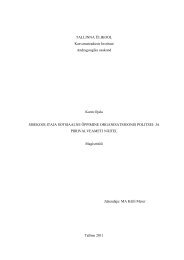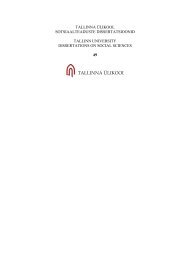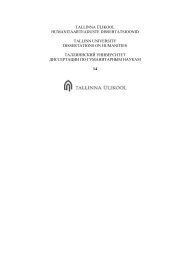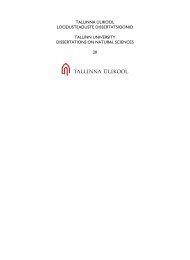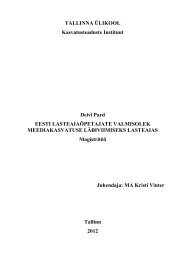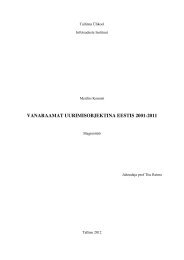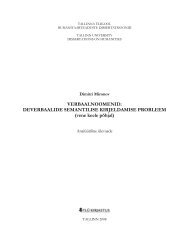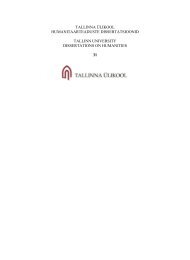Download (1157Kb) - E-Ait
Download (1157Kb) - E-Ait
Download (1157Kb) - E-Ait
Create successful ePaper yourself
Turn your PDF publications into a flip-book with our unique Google optimized e-Paper software.
ultimate source of information. Using this capability the learning organisation becomes a<br />
knowledge creating company. They suggest that where knowledge is widely disseminated<br />
throughout the company, the company is using its brainpower or intellectual capital. They<br />
gave an example of Japanese companies which have learned how to create new knowledge by<br />
using available knowledge and linking it to highly subjective information, insights, intuition<br />
and hunches (Rowe & Davis 1996, p.86).<br />
Organisations create new ideas in the learning processes. These ideas are then shared through<br />
the support of an organisation‟s structure and network. According to Goldsmith, Morgan and<br />
Ogg, organisations that learn have more investor value because these organisations not only<br />
create new ideas but also share those ideas throughout their structure, building knowledge<br />
networks, where technology and communities of practice transfer knowledge from one<br />
setting to another (Goldsmith, Morgan & Ogg 2004, p.66).<br />
2.3. The rationale for sharing knowledge.<br />
If we perhaps try to find out how much is written in the subject of knowledge sharing, it will<br />
not come as a surprise that there is so much recently. Even though sharing has been there for<br />
years and years as a normal practice. We have seen teachers sharing slides after their<br />
presentations, researchers sharing the results of their findings. The question we may ask<br />
ourselves is why do we share knowledge That is precisely what this section tries to explore<br />
in the literature to find the answers to.<br />
Davenport and Prusak, two of the outstanding writers in knowledge management, suggest<br />
that global competitiveness among other factors has stimulated the need for sharing.<br />
Davenport and Prusak, as cited by (Kimiz, 2005, p.2), suggest that multiple factors have led to<br />
the current “knowledge boom” the perception and the reality of a new global competitiveness is<br />
one of the driving forces therefore, the only sustainable advance a firm has, comes from what it<br />
collectively knows, how efficiently it uses what it knows and how quickly it acquires and uses<br />
new knowledge. This has led to a strong need for a deliberate and systematic approach to<br />
cultivating and sharing an organization‟s knowledge base (Davenport, 2000).<br />
Ernst Helmstädter suggests that the diffusion of known knowledge can stimulate innovation<br />
because the learning actors, who will share the knowledge already known somewhere in the<br />
16





